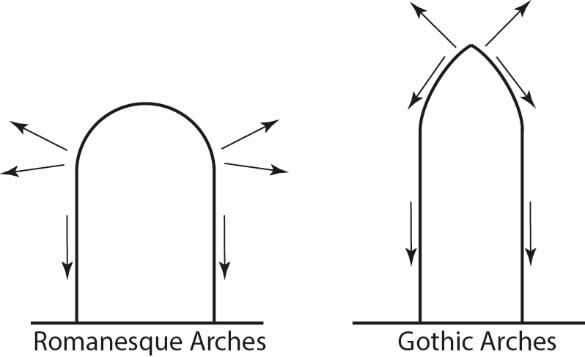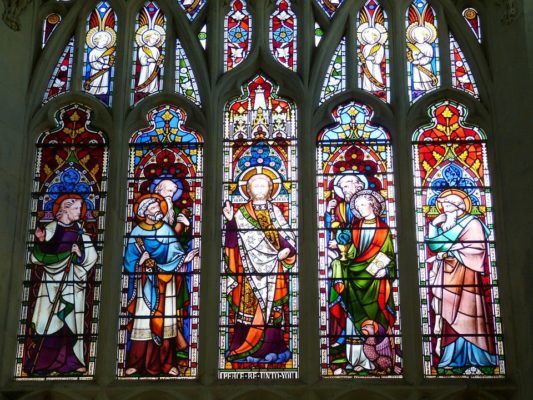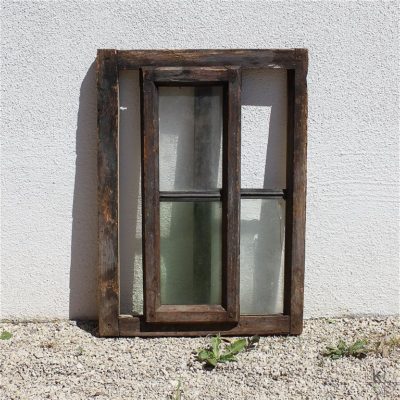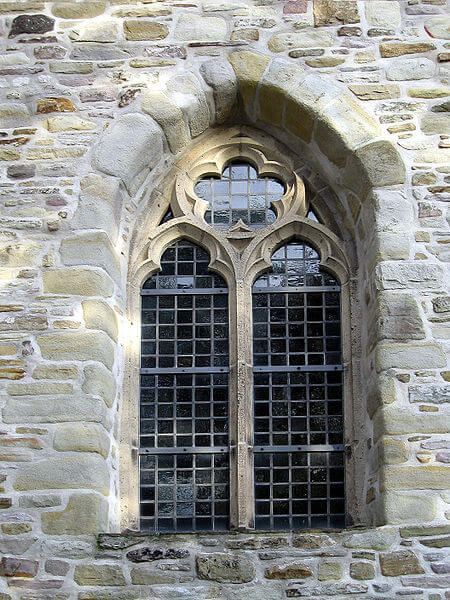
Windows as openings in the walls in order to let light in were first discovered with the egyptians.
They mostly used animal hide, paper or fabric to cover those holes in the walls to protect
themselves from wind and other natural forces, but were still able to enlighten the room. But later
in the antique empire (around 100 AC), the romans managed to produce glass and build real
windows. The glass was blind at first because it was only smooth on one side and rough on the
other. Around 200 AC, they discovered a new technique where the glass was smooth on both sides
so their windows weren’t only there to let light in anymore, but also to be able to look outside. The
romans mostly built round windows, because they were only able to produce round glass plates
instead of rectangular ones. In Old High German, the term for window was ‘Windauge’ (wind + eye)
which was an opening in the upper parts of the walls of the building to let out smoke from the
wooden stove inside and provide some air exchange.

In the Romanesque era (ca 1000-1250 AC) glass windows were found scarcely and natural light
was not considered important inside of buildings. Only later in the 12
th century, when the gothic
style of building was discovered, windows started to be more popular. The thought was to build in a
way so people could be closer to god. So the churches were built higher to get closer to heaven. The
Romanesque style was not able to do that. The walls were too thick and heavy and the round
arches, that were typical for that time, could not carry the weight of such high towers that were
intended to be built. This was the cause for some new churches collapsing before they were even
finished.

In the gothic style though, the arches were pointed and slimmer than the prior ones. They could
carry more weight and both the walls and arches could be built lighter than before, which made it
easier to build high towers. Apart from that, light was also considered to be essential, because the
more light came into the church, the closer it was to god. So many windows were put into the walls.
They were made out of stained glass and painted so they would display biblical stories. The
windows were built out of smaller pieces of stained glass that were connected with lead. This also
brought the advantage of the glass not breaking in case of a slight earthquake. The light that fell
into the room was full of different colours which also supported the supernatural aura of the
building. Glass still remained a rare and expensive privilege that was only available for the
wealthier part of the population.

In the beginning, the windows in smaller houses were only non-glazed sliding windows. Later they
were glazed but soon to be replaced by casement windows like we know them today. For a long
time it was usual to have windows with glazing bars, because rectangular shapes glass was only
available in small sizes. With that it was possible to have large windows without having to produce
single glass plates in that size. Only in the 60s when the ‘Float-Glass’ was introduced, it was
possible to produce those. This procedure was revolutionary for the glass industry and replaced
most of the other ways of producing glass plates as well as the windows with glazing bars.



